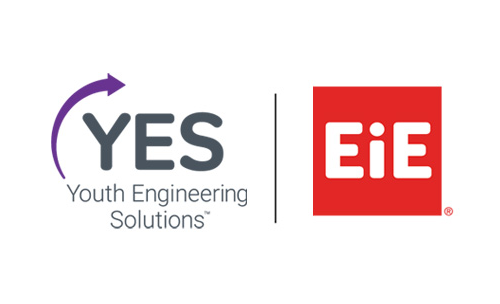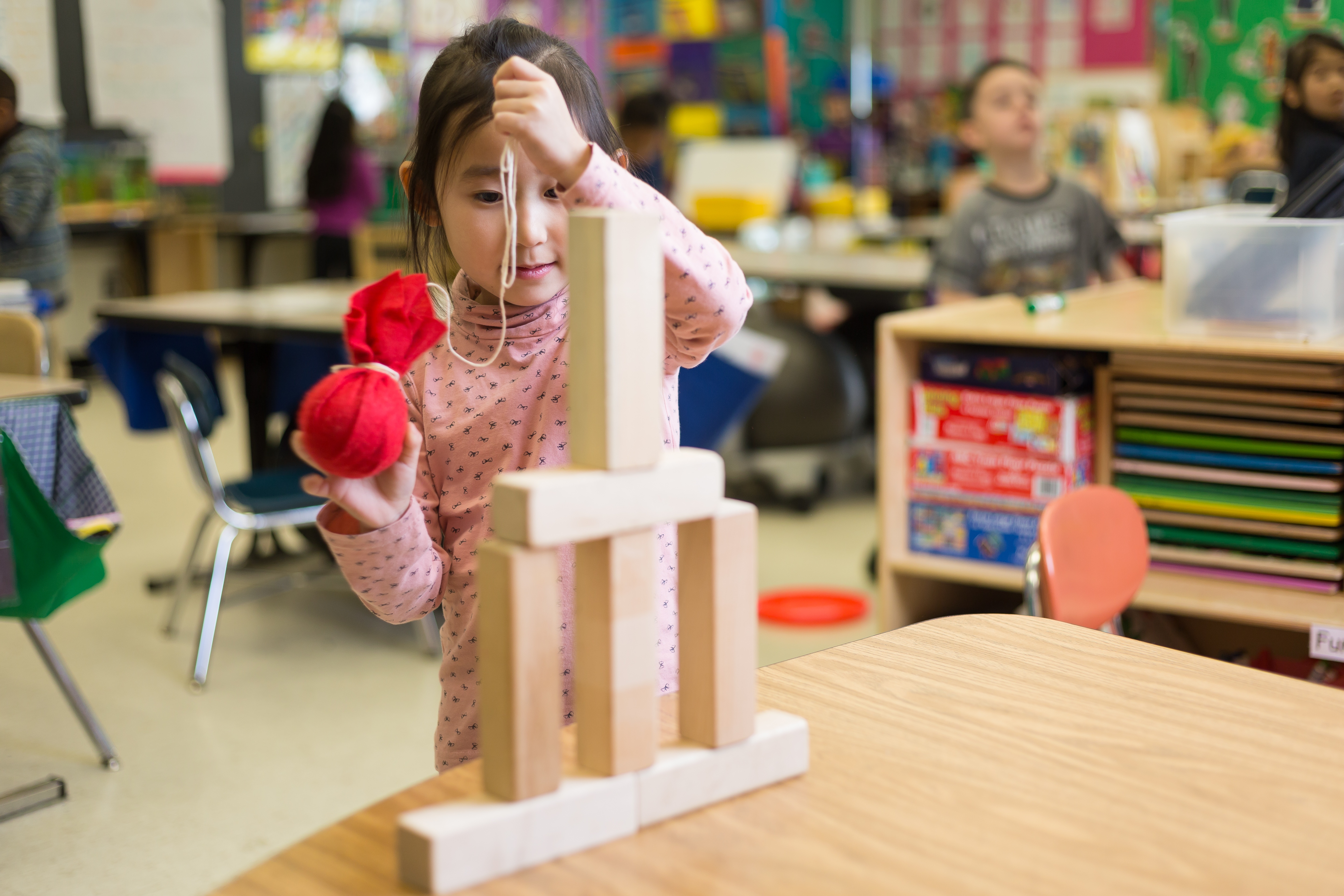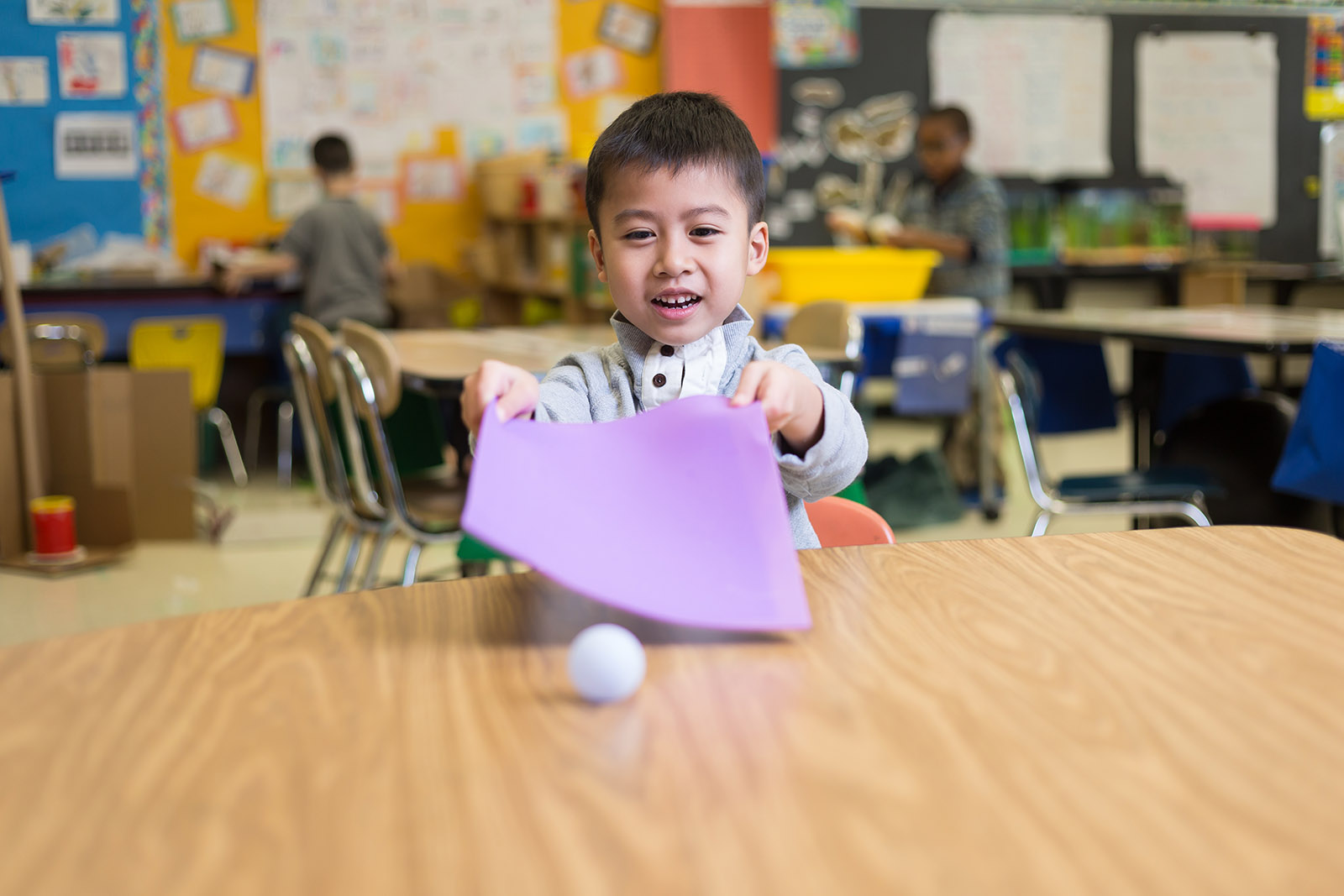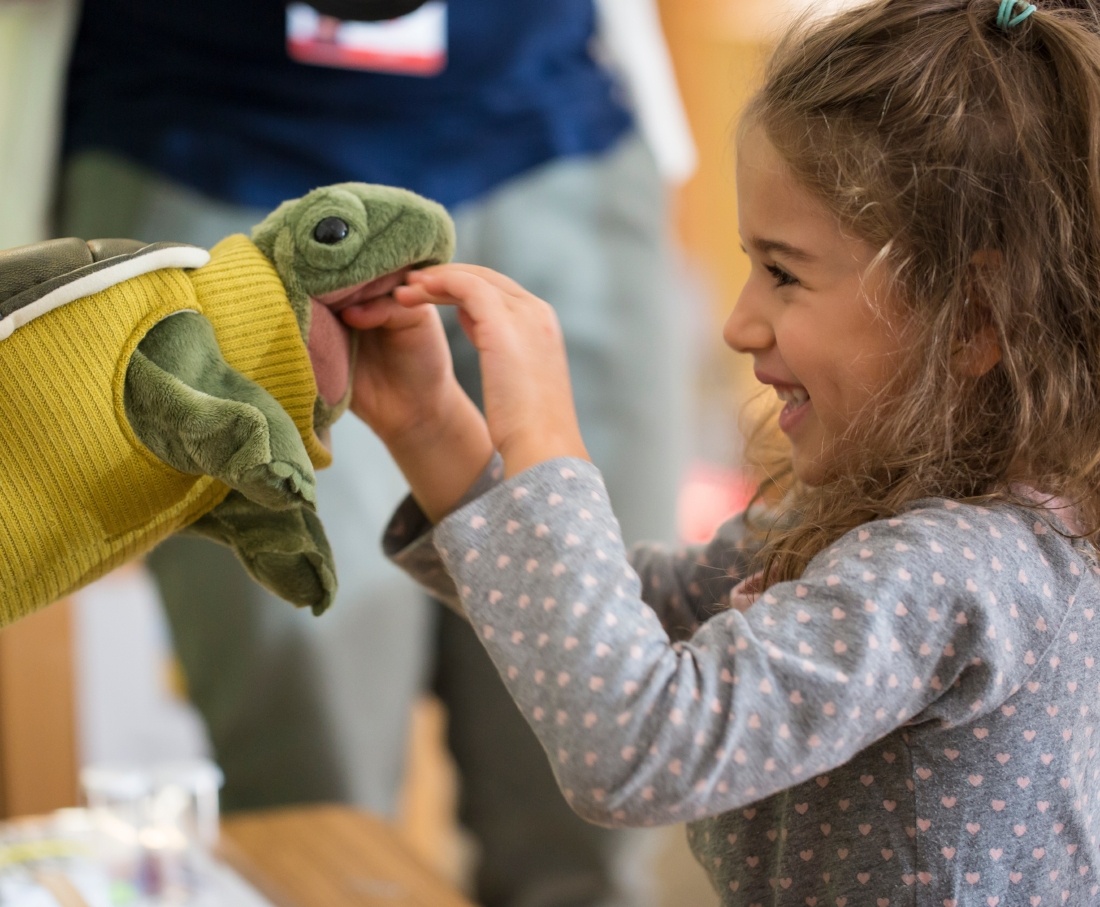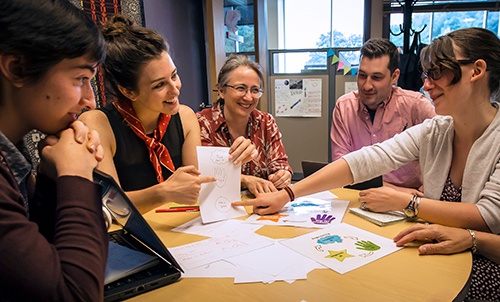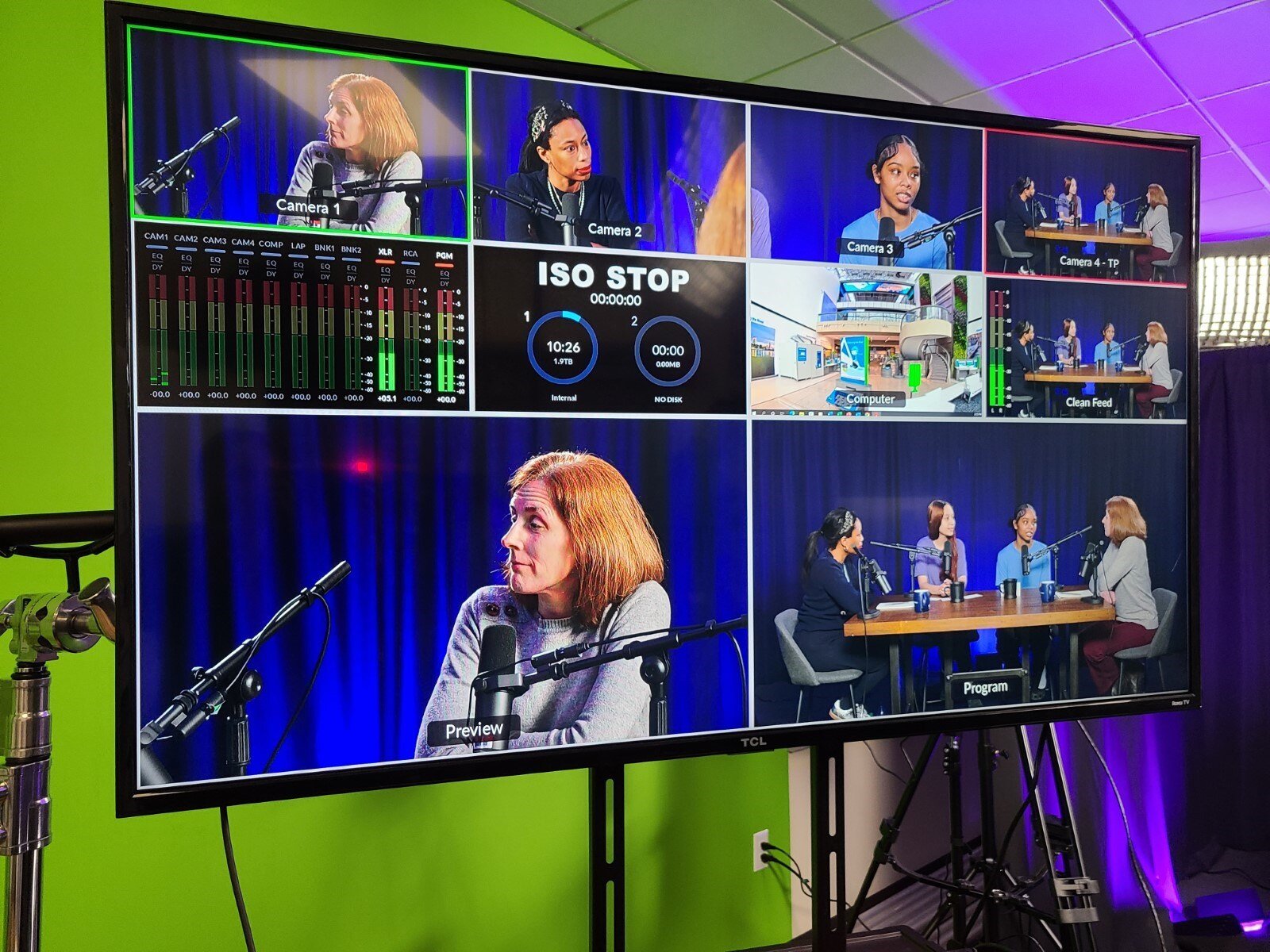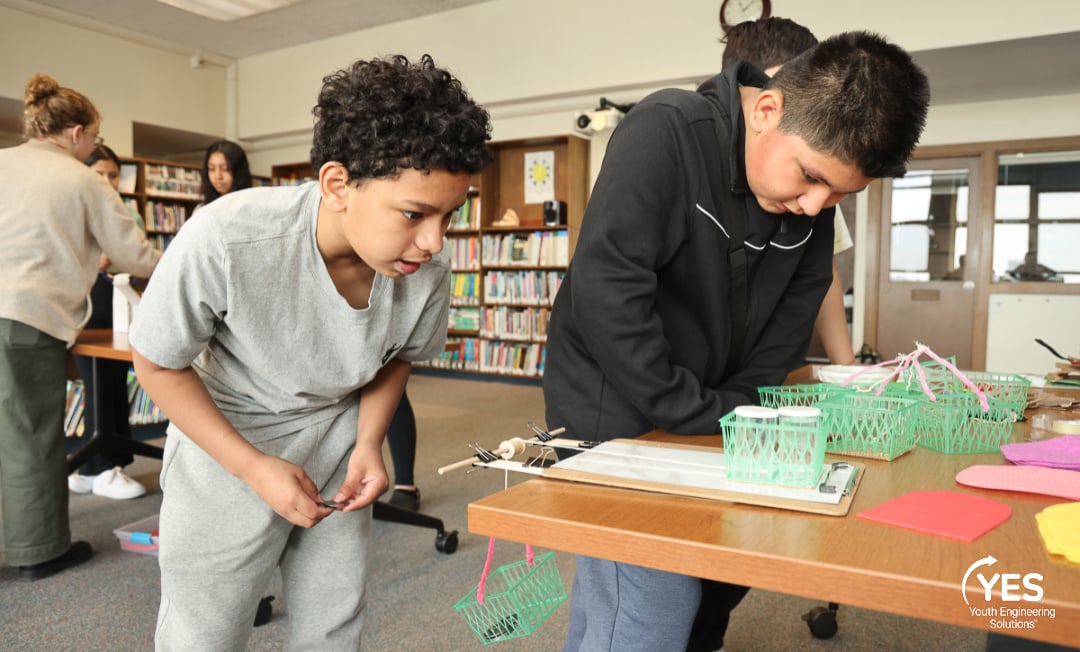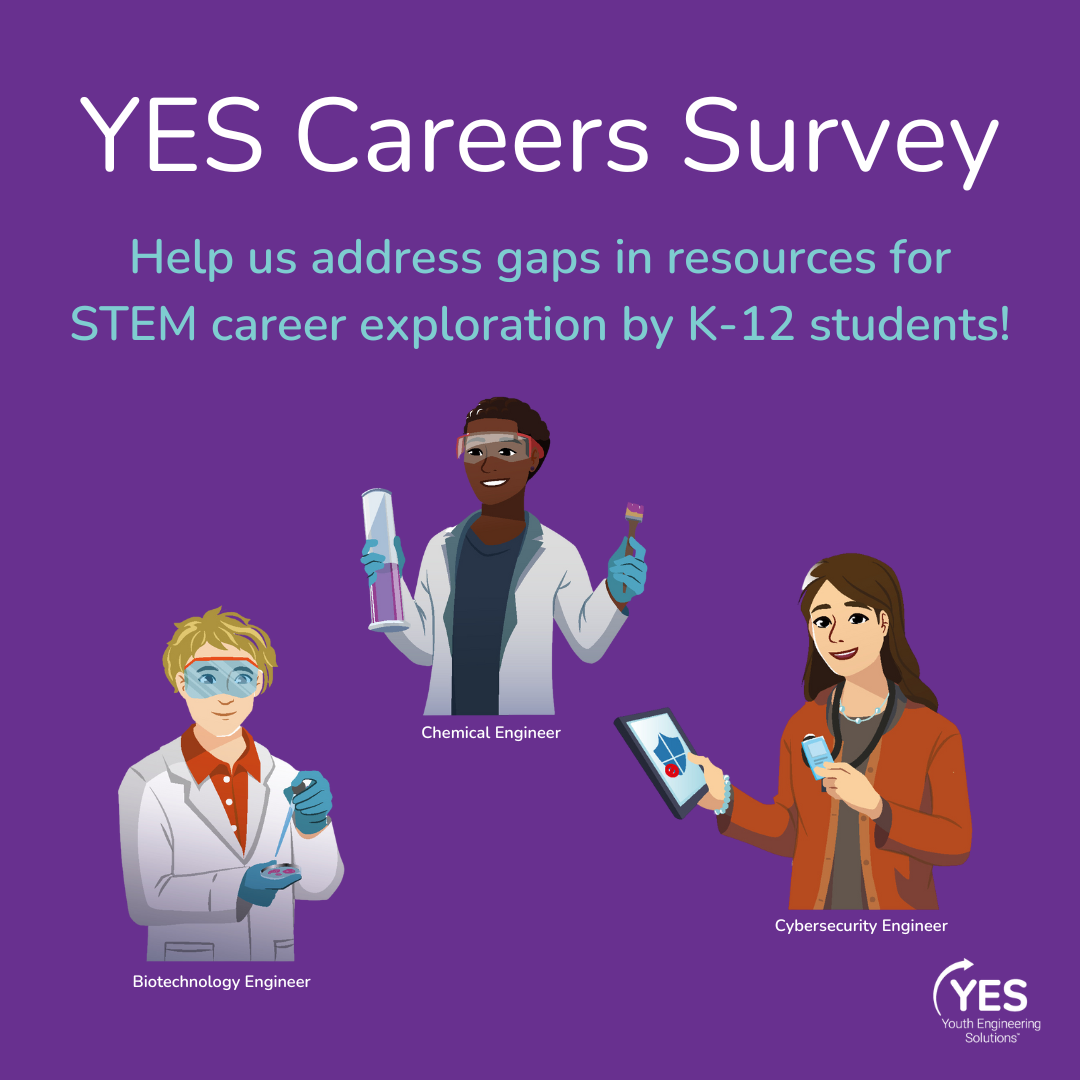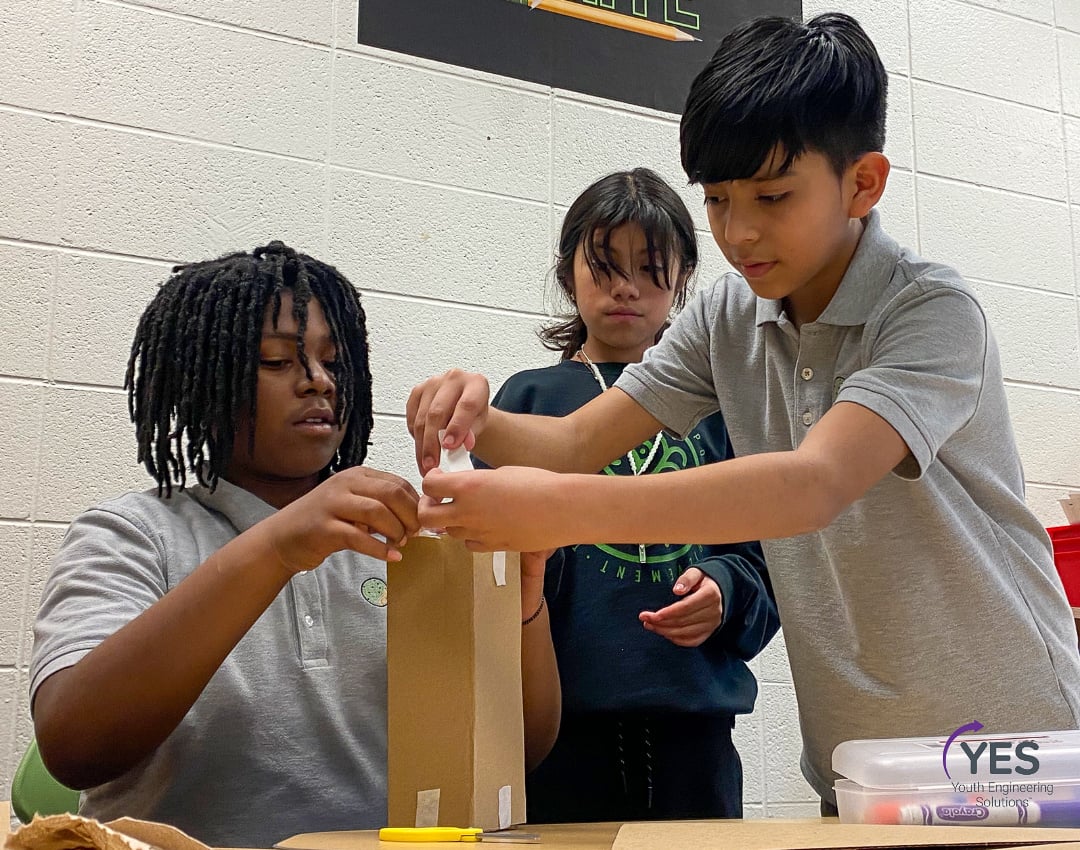Hands-on engineering activities empower young children to see themselves as problem solvers. They learn that there’s more than one way to solve a problem, and that it’s okay to fail and try again. A classroom-tested engineering design challenge with an age-appropriate engineering design process will provide fun and engaging opportunities for the youngest learners. We found in creating our early childhood curricula that engineering activities should look different in preschool in comparison to kindergarten. Learn about those differences below and why age-appropriate engineering activities are so important.
Early Childhood STEM Education | Wee Engineer | Preschool | Pre-K | Early Engineering | Tuesday, September 11
Why Engineer With Preschoolers?
Before creating our preschool curriculum Wee Engineer, we knew that it was important to answer these questions, "Why engineer with preschoolers?" and “How will engineering support early childhood development?” Preschoolers make a lot of things, and our challenge was to channel this natural inclination of children into an engineering activity that would align with the skills they’re already developing. We conducted hours of research, consulted with many early childhood educators, and tested our activities in various early childhood settings with the goal of answering the above question.
Through this work, we identified several ways in which engineering is beneficial to young children as they develop skills in these important learning domains: social-emotional, language acquisition, executive functioning, and fine and gross motor skills.
Early Childhood STEM Education | Wee Engineer | Preschool | Pre-K | Early Engineering | Thursday, August 30
Engineering for Preschoolers: How Young Children Engineer
Starting engineering early sets young learners up for success in school and life. But before asking a preschooler to engage in an engineering activity, it’s important to have a reasonable expectation of what that looks like and what an age-appropriate challenge for a young child to tackle might be. To design Wee Engineer, our preschool/Pre-K engineering curriculum that will launch Fall 2018, we first broke down the practices (or habits of mind) that define engineering and asked ourselves a simple question, “What does it look like when a preschooler engineers?” After hours of observing preschoolers in various settings, reviewing literature on child development, talking with preschool educators, and testing our own preschool engineering activities, here’s what we learned about engineering practices for this young age group.
Additionally, if you'd like to learn more about early childhood STEM, sign up for our free email course Early Childhood STEM: Building the Foundation.
Early Childhood STEM Education | Wee Engineer | Preschool | Pre-K | Early Engineering | Tuesday, September 11
Singing Along With Preschool Engineers
Even before we began designing our preschool curriculum, Wee Engineer, we knew that we would have to create new activities, different context-setting tools, and even a new Engineering Design Process (EDP). But we never thought we’d be trying our hand at songwriting! At EiE, we have a very involved curriculum development process. We meet with teachers and specialists and learn what works in the classroom. During an early Wee Engineer focus group, a teacher suggested setting the steps of the EDP to music with accompanying dance moves, because it would help teachers reinforce the vocabulary with their kids. The other teachers enthusiastically agreed, and they convinced us that an EDP Song would enhance the curriculum and get kids excited about the process they were engaging in. Never to be intimidated, our curriculum team got together to figure how to engineer the perfect EDP song.
Early Childhood STEM Education | Wee Engineer | Preschool | Pre-K | Early Engineering | Wednesday, September 26
Creating an Engineering Design Process for the Preschool Classroom
| Engineering = hands-on play in a framework |
When our son was three, he would spend hours playing with wooden blocks, making a highway for toy cars, a pen for toy animals, or just the highest tower he could stack. We didn’t think of it this way, but he was engineering.
Early childhood educators have always recognized how building with blocks (and similar hands-on activities) help children develop motor skills while at the same time exercising their creativity. But these activities can also be framed as authentic engineering. That’s something the EiE curriculum team is working on right now: a framework for preschool engineering.
Want to see what a sample lesson from our preschool engineering curriculum Wee Engineer looks like?
